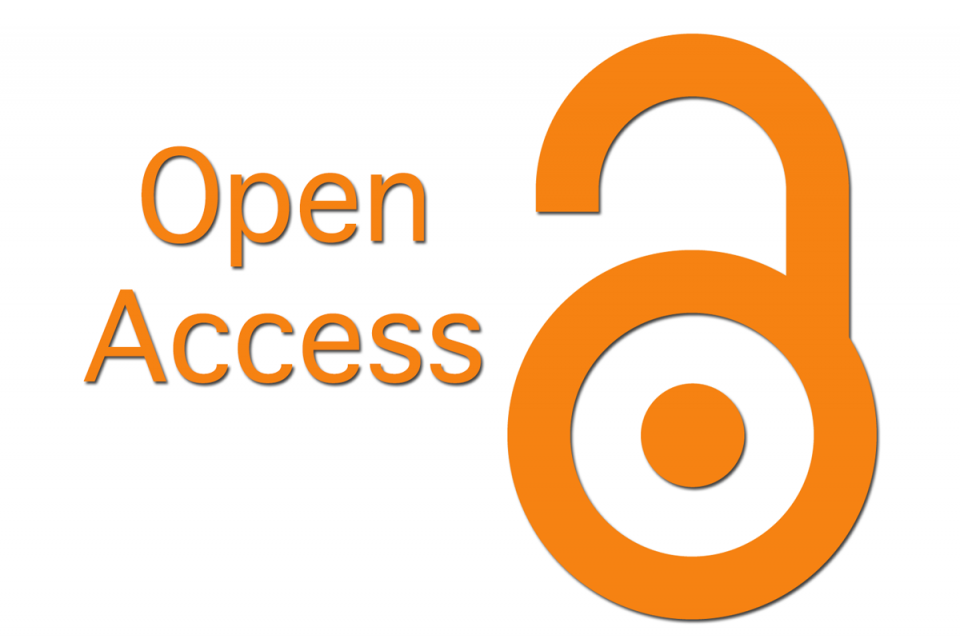Influence of Administrative Style of HODs on Effective Teaching and Learning in Tertiary Institutions in North East Nigeria
DOI:
https://doi.org/10.48047/yg7yqh39Keywords:
Administrative Style, Lecturers’ Job Performance, Lesson Planning, Monitoring and EvaluationAbstract
The study was designed to examine the influence of administrative styles of Head of Departments’ on lecturers’ job performance in tertiary institutions in North-East Nigeria. A correlational research design was adopted. The population of the study comprised of academic staff of the five tertiary institutions in Borno State. A simple random sampling technique was employed to select three hundred and eighteen (318) respondents using Research Advisors (2006) table at a 0.05 margin of error.
Downloads
References
Akanji, B., Mordi, C., Ituma, A., Adisa, T. A., & Ajonbadi, H. (2020). The influence of organisational culture on leadership style in higher education institutions. Personnel Review, 49(3), 709-732.
Downloads
Published
Issue
Section
License

This work is licensed under a Creative Commons Attribution 4.0 International License.
You are free to:
- Share — copy and redistribute the material in any medium or format for any purpose, even commercially.
- Adapt — remix, transform, and build upon the material for any purpose, even commercially.
- The licensor cannot revoke these freedoms as long as you follow the license terms.
Under the following terms:
- Attribution — You must give appropriate credit , provide a link to the license, and indicate if changes were made . You may do so in any reasonable manner, but not in any way that suggests the licensor endorses you or your use.
- No additional restrictions — You may not apply legal terms or technological measures that legally restrict others from doing anything the license permits.
Notices:
You do not have to comply with the license for elements of the material in the public domain or where your use is permitted by an applicable exception or limitation .
No warranties are given. The license may not give you all of the permissions necessary for your intended use. For example, other rights such as publicity, privacy, or moral rights may limit how you use the material.








